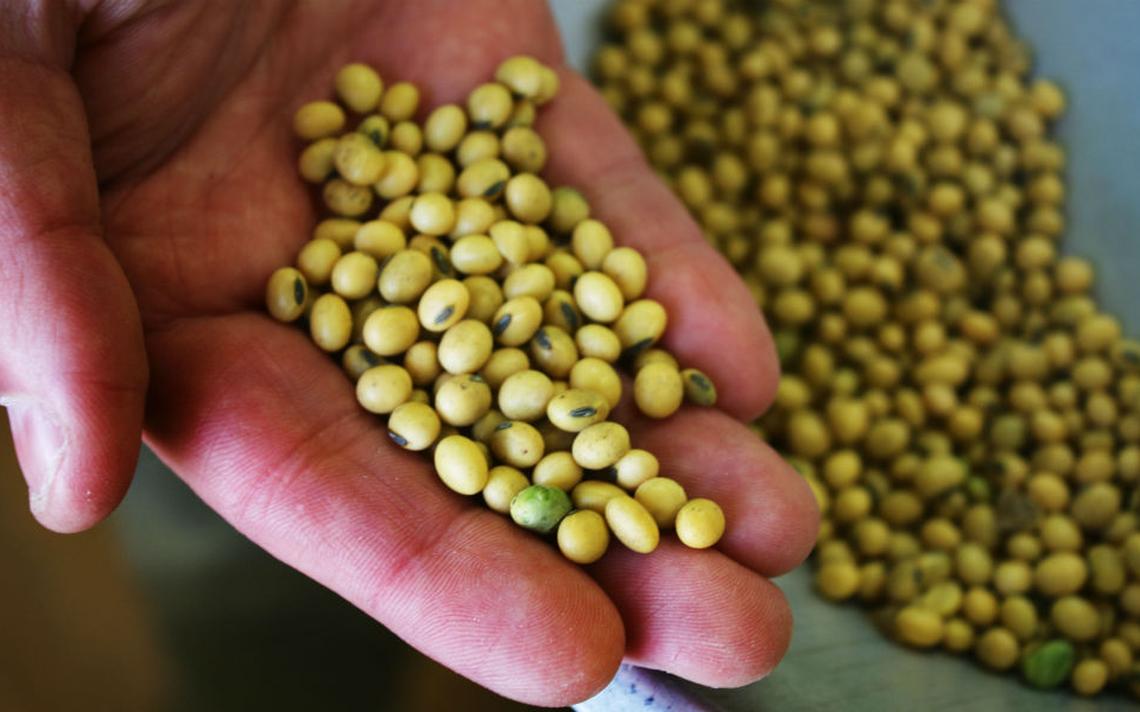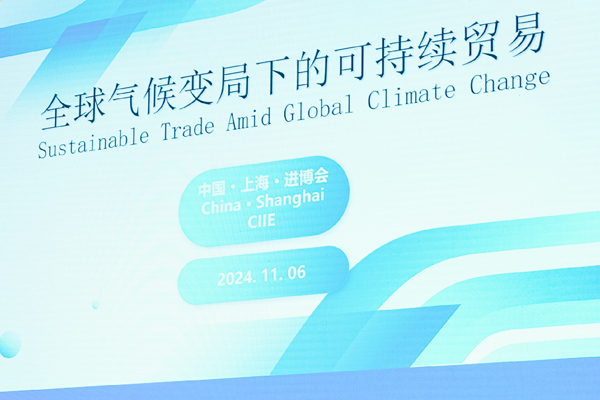A look at what’s next for U.S.-China trade
June 25 , 2020
American farmers and ranchers want to sell food — a lot of food — to China, the world’s most populous nation. But even a panel of experts are uncertain how strained relations between China and the United States will affect that goal.

In the first quarter of 2020, Chinese imported more than $5 billion of U.S. ag goods, a 110% percent from the same period in 2019, and $3.1 billion of soybeans, a 210% increase from first quarter 2019. (Mikkel Pates / Agweek)
American farmers and ranchers want to sell food — a lot of food — to China, the world’s most populous nation. But even a panel of experts are uncertain how strained relations between China and the United States will affect that goal.
For now, at least, the trade war reflects a “romance gone bad” between the two superpowers, said Bob Davis, senior editor of the The Wall Street Journal and author of a new book on the subject.

Davis was among the panelists in a June 23 webinar hosted by the National Press Foundation. The event was available online to the news media. Also on the panel were Mary Lovely, senior fellow at the Peterson Institute for International Economics and a professor at Syracuse University’s Maxwell School of Economics, and Henry Wang, founder and president of the Center for China and Globalization(CCG). Wang also is a counselor with China State Council and vice chairman of the China Association for International Economic Cooperation.
China and America’s once-frosty relationship began to thaw when President Richard Nixon visited China in 1972, with the two countries “on a path of engagement since then.” Though there were ups and downs in the years that followed, that relationship improved over time. But in the past few years, China and the United States have engaged in a trade war, Davis said.
“There’s been enormous intensification, a clear break from the engagement that has marked the two countries since the early 1990s,” he said.
President Donald Trump’s policies contribute to the strained relationship, but not as much as some people might think, Davis said.
Trump “has this reputation, just a fierce China opponent, and he certainly campaigned on that in 2016. But it’s actually a lot more complicated,” Davis said.
He said there’s a “blue-collar Trump” and a “Wall Street Trump.” The former reflects a “genuine aversion to China on a lot of trade issues,” while the latter causes Trump to back off from some positions if he sees they’ve hurt U.S. financial markets.
Both people in China and Washington, D.C., are confused by the two sides of Trump, Davis said.
The trade war has hurt the U.S. economy, Lovely said.
“We hear a lot from politicians that trade wars create jobs. And yet we have a significant amount of evidence that simply is not true,” she said.
Panelists noted that U.S. ag exports have suffered because of the trade war.
“It’s done significant damage in U.S. farm country,” Lovely said.
The so-called phase one agreement between the U.S. and China calls for major Chinese purchases of U.S. ag products. But so far, the pace of those purchases has been relatively slow, in part because of the coronavirus pandemic, she said.
It’s not clear how U.S. trade polices with China might change if Democratic candidate Joe Biden wins the presidential race, panelists said. But Biden would be much more willing than Trump to work with U.S. allies on trade issues, Lovely said.
There’s been progress recently in U.S.-China trade relations, however, Wang said.
In the first quarter of 2020, Chinese imported more than $5 billion of U.S. ag goods, a 110% percent from the same period in 2019, and $3.1 billion of soybeans, a 210% increase from first quarter 2019 — particularly noteworthy because of the pandemic, Wang said.
With those increases, China in April overtook Mexico to once again become America’s top trading partner, albeit in part because the pandemic has cut sharply into U.S.-Mexico trade, he said.
“China and the United States remain economic partners,” he said. “The Chinese and U.S. economies remain deeply intertwined.”
Ultimately, the American and Chinese economies can remain “coupled” (closely connected) or become partially decoupled or become fully decoupled, Wang said.
Both countries will benefit “if the two economies are kept together,” Wang said.
From Agweek, 2020-6-25






